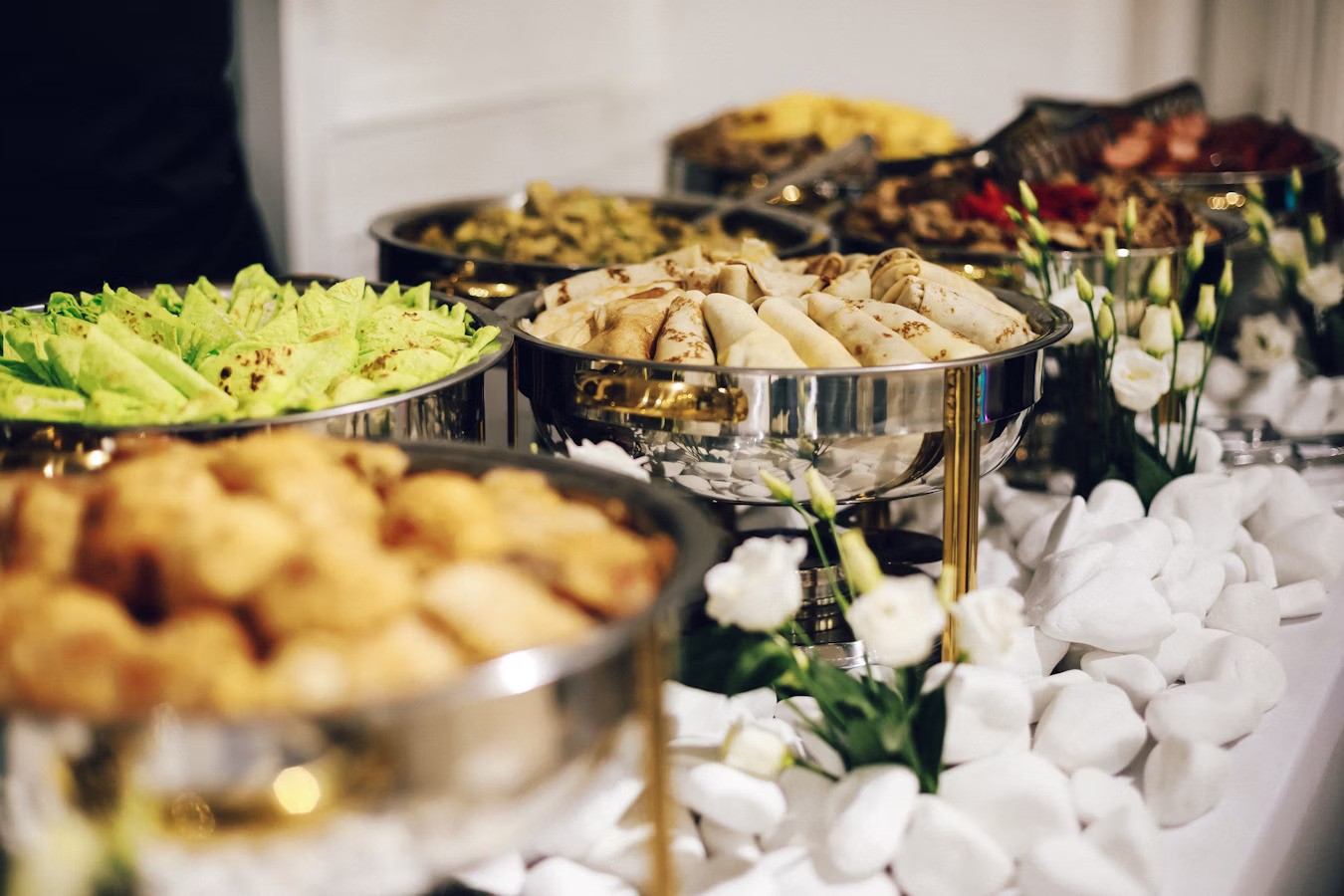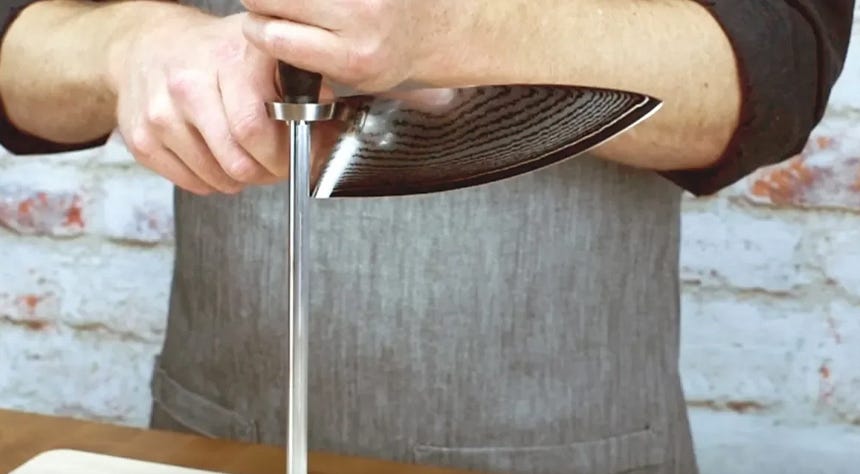Stay Sharp: Professional Knife Sharpening Methods Every Kitchen Should Know
In a professional kitchen, a dull knife isn’t just an inconvenience—it’s a liability. It slows prep, increases fatigue, damages ingredients, and raises the risk of accidents. No matter how high the quality of the blade, a knife is only as good as its edge.
Sharpening isn’t just maintenance—it’s part of the craft. And like any aspect of kitchen work, there’s more than one method. From traditional whetstones to modern electric systems, here’s a guide to the different professional ways to keep your blades sharp—and which solution might suit your kitchen best.
1. Honing vs Sharpening: What’s the Difference?
Let’s start by clearing up a common misconception.
-
Honing (usually with a steel) realigns the edge of the knife. It keeps the blade sharp between proper sharpening sessions but doesn't actually remove material.
-
Sharpening reshapes the blade edge by grinding away small amounts of steel. This restores the knife’s sharpness fully.
Both are essential—but they do different jobs. Think of honing as brushing your teeth, and sharpening as going to the dentist.
2. Honing with a Steel (Daily Maintenance)
A honing steel is the tool most chefs reach for at the start of prep. Used correctly, it can extend the life of a sharp edge for weeks before full sharpening is required.
Pros:
-
Fast and easy to use
-
Ideal for daily maintenance
-
Helps blades last longer between sharpening
How to use:
-
Hold the steel vertically, point down on a board or towel
-
Angle the knife at about 15–20°
-
Draw the blade down the steel from heel to tip, alternating sides (5–10 times each side)
-
Keep the movement smooth, not rushed
Spiteri Catering stocks a range of honing steels in various finishes (standard, ceramic, diamond)—suitable for both prep chefs and pastry teams who rely on precise edges.
3. Sharpening Stones (Whetstones)
The most traditional—and most precise—way to sharpen a knife is using a whetstone. This method takes more time and skill, but gives you maximum control over the blade edge.
Pros:
-
High degree of control and customisation
-
Produces razor-sharp, polished edges
-
Ideal for high-carbon and Japanese steel knives
What you need:
-
Whetstones (usually 1000–3000 grit for regular sharpening, higher grits for polishing)
-
A water source and towel
-
A consistent sharpening angle (often 15°–20° depending on the knife)
Best for:
-
Chefs who take pride in their knife care
-
Kitchens with time allocated for deep maintenance
-
Premium knife sets or delicate blades
Spiteri offers dual-grit and ceramic stones perfect for commercial or personal sharpening setups—ideal for chefs looking to refine, not just restore, their edge.
4. Electric Knife Sharpeners
For kitchens short on time but high on volume, electric sharpeners offer a reliable and consistent way to restore an edge quickly—especially useful in catering operations or hotel kitchens.
Pros:
-
Fast, consistent results
-
Easy to use with minimal skill
-
Good for service knives and general-purpose blades
Limitations:
-
Can remove more metal than necessary if overused
-
Not ideal for very fine or delicate blades
-
Less precision than stones
Explore Spiteri’s range of electric sharpeners, ideal for prep teams or multi-site kitchens that need a consistent solution across shifts without the time investment of manual sharpening.
5. Pull-Through Sharpeners (for Quick Fixes)
Pull-through sharpeners are compact, easy-to-use devices that realign and lightly sharpen blades with a few strokes. While not suitable for professional-level sharpening, they’re helpful for small kitchens or home use.
Pros:
-
Portable and affordable
-
Great for quick touch-ups
-
Easy for non-professionals to use
Limitations:
-
Limited longevity of the edge
-
Less effective for high-quality or hard steel knives
-
Can wear down softer blades quickly if misused
For light use, Spiteri supplies entry-level pull-through sharpeners designed to keep utility knives and backup blades serviceable.
6. Professional Sharpening Services
For kitchens running at full speed, outsourcing sharpening to a professional sharpening service every few months is a solid strategy—especially for large knife sets or specialised blades.
But even then, daily honing and light maintenance are essential to get the most out of every sharpen.
Which Method Is Right for You?
Here’s a quick breakdown by kitchen type:
| Kitchen Type | Recommended Method(s) |
|---|---|
| Fine Dining | Honing steel + whetstone |
| Multi-chef team | Honing steel + electric sharpener |
| Hotel / Banqueting | Electric sharpener + professional service |
| Small café or bistro | Honing steel + pull-through sharpener |
| Home kitchen | Honing steel + stone or electric sharpener |
Final Thought: A Sharp Knife Changes Everything
Sharp knives reduce waste. They improve safety. They save time and elevate consistency. Whether you're slicing vegetables, trimming fish, or prepping for a full service, a proper edge makes every cut more confident.
Spiteri Catering offers a full range of professional knives, honing steels, whetstones, electric sharpeners, and knife storage solutions. Whether you're refining your existing set or upgrading your team’s tools, we’ll help you stay sharp where it counts.


